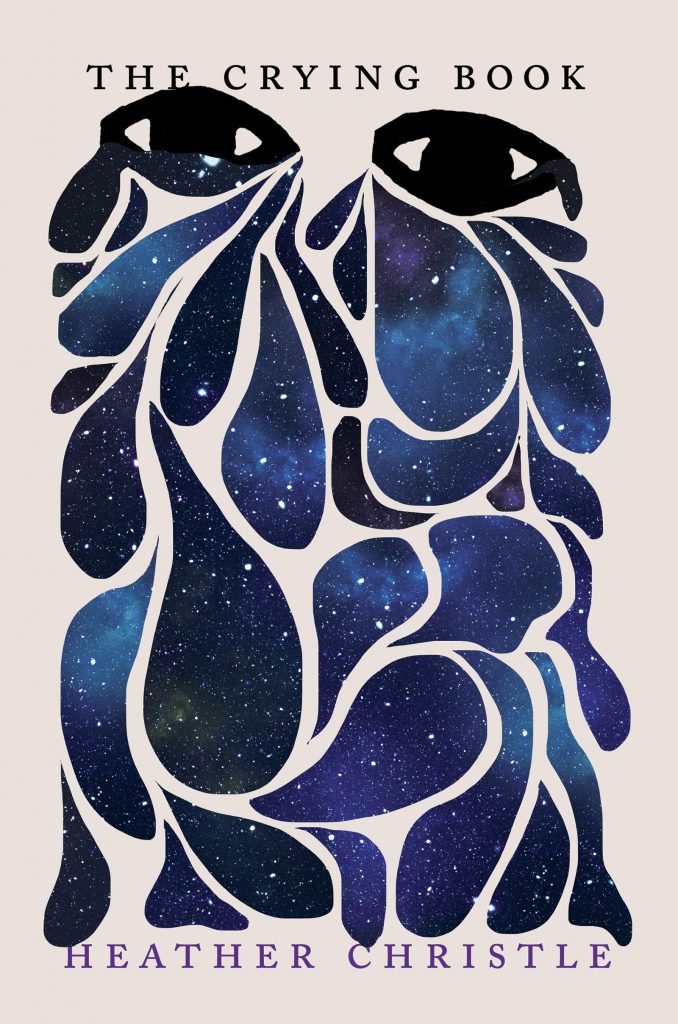Graphic Design 101
In today's digitally-driven world, the impact of graphic
design is everywhere—from the websites we browse to the products we purchase.
But what is it that makes this profession so pivotal? In this blog post, we'll
delve into the graphic design profession, the fundamental basics that every
designer should know, and the role of typography in design.
The Graphic Design Profession
What is Graphic Design?
Robin Landa defined graphic design as follows:
“Graphic design is a professional visual art discipline, a
form of visual communication used to convey a message or information to an
audience, to make editorial content readable and accessible, or to affect
people.” (Landa,2018). The author considered graphic design as a language that
creates belief in an idea or a message.
The applications of graphic design are vast, ranging from
print media like brochures and posters to digital platforms like websites and
mobile apps.
Career Opportunities
The profession offers various career paths, from branding
and editorial design to web and user experience design. With businesses
increasingly understanding the value of design, the demand for skilled graphic
designers is on the rise.
Graphic Design Basics
Elements of Design
 |
| Heather Christle, The Crying Book; design by Nicole Caputo (Catapult, November 5 https://s26162.pcdn.co/wp-content/uploads/2019/ 11/91elh2ixGIL-678x1024.jpg |
- Line:
Defines shapes and directs the eye.
- Shape:
Forms the structure of the layout.
- Figure/Ground:
the relationships between elements in a design work, also called Positive/Negative
space.
- Texture:
Adds depth to the design by creating a visual illusion that mimics the physical
property of an object.
- Pattern:
which is a systematic repetition of an object following a given direction
in an area.
Principles of Design
Beyond the elements, designers also adhere to principles
such as hierarchy, alignment, unity, and space to create visually appealing
layouts. A designer also considers the Law of Perceptual Organisation such as proximity, continuity, similarity, etc.
Typography
What is Typography?
Typography is the art of arranging text in a legible and
visually pleasing manner. It may not be the first thing you notice in a design,
but its impact is significant.
Importance of Typography
Good typography enhances readability and reflects the
brand's personality. It works hand-in-hand with other design elements to create
harmony and convey the intended message effectively.
Basic Terms
Understanding typography involves knowing terms such as:
- Typeface: It is a design of set off alphabets, unified by consistent visual properties.
- Kerning,
Leading, and Tracking: These refer to the spacing between characters,
lines, and blocks of text, respectively.
- Font
formats:
- Type
1: It is a worldwide format used in every computer or digital printing system.
- TrueType:
the standard for digital type in Windows and macOS systems.
- OpenType:
This has cross-platform capabilities and can support multiple character sets
and languages.
Designing with type
- The shape of a Typeface can be used to create powerful logos, by analyzing the aesthetic criteria and the positive and negative shapes of the typeface.
- Type selection is based on multiple factors such as the suitability for the audience, the amount of text needed, what role it plays (display or text), or the medium of the design (screen or print), etc.
- Selecting a typeface is as important as selecting an image.
- Pairing typefaces, with similar proportions and
configurations, creates contrast in the design.

MUSE, a British rock band, their logo is considered one of the best band logos of all time.
https://i.pinimg.com/564x/f4/00/45/f400453de1f8d8cbe19be49de020a968.jpg
Conclusion
Graphic design is more than just making things look pretty;
it's a form of communication that requires a deep understanding of both basic
design elements and typography. As technology continues to evolve, the role of
graphic designers becomes increasingly complex, offering new challenges and
opportunities to shape the visual world around us.
Comments
Post a Comment